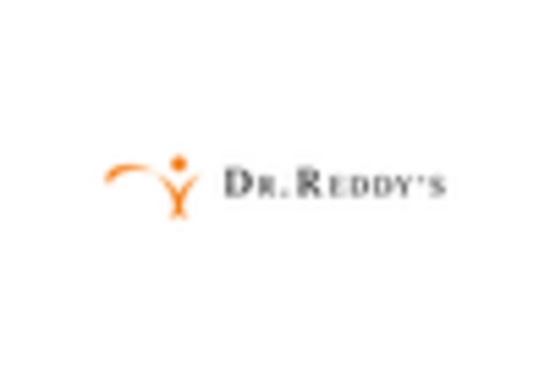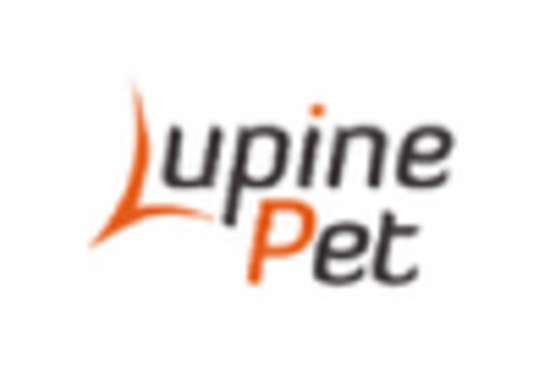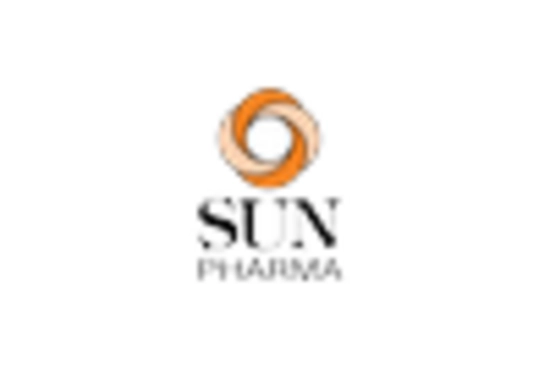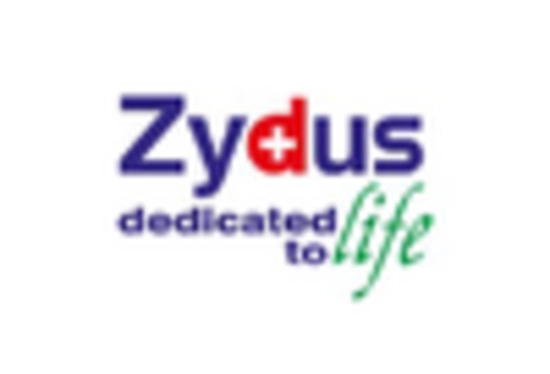Aging Population
The demographic shift towards an aging population is a critical driver for the Pharmerging Market. As life expectancy increases, there is a corresponding rise in the prevalence of chronic diseases, necessitating a greater demand for pharmaceuticals. Reports indicate that by 2030, the number of individuals aged 60 and above will surpass 1 billion, particularly in emerging economies. This demographic trend is likely to create substantial opportunities for pharmaceutical companies to develop and market products tailored to the needs of older adults. Consequently, the Pharmerging Market is poised for growth as it adapts to the healthcare requirements of this expanding demographic.
Increasing Healthcare Expenditure
The Pharmerging Market is witnessing a notable increase in healthcare expenditure across various regions. Governments and private sectors are allocating more resources to healthcare, driven by rising incomes and a growing middle class. For instance, healthcare spending in certain emerging markets has been projected to grow at a compound annual growth rate of over 10% in the coming years. This surge in investment is likely to enhance access to medications and healthcare services, thereby expanding the market for pharmaceutical products. As a result, the Pharmerging Market is expected to benefit from improved healthcare infrastructure and increased demand for innovative therapies.
Expansion of Distribution Channels
The Pharmerging Market is experiencing a transformation in distribution channels, which is enhancing the accessibility of pharmaceutical products. The rise of e-commerce and digital health platforms is facilitating the distribution of medications to remote areas, thereby reaching underserved populations. Additionally, partnerships between pharmaceutical companies and local distributors are becoming more common, allowing for a more efficient supply chain. This expansion of distribution channels is likely to improve market penetration and increase the availability of essential medications. As a result, the Pharmerging Market stands to gain from these advancements, ultimately benefiting patients and healthcare providers alike.
Government Initiatives and Policies
Government initiatives and policies play a pivotal role in shaping the Pharmerging Market. Many governments are implementing policies aimed at improving healthcare access and affordability, which directly impacts the pharmaceutical sector. For instance, initiatives to promote generic medications and reduce drug prices are becoming increasingly prevalent. These policies are designed to enhance competition and ensure that essential medications are available to a broader population. Furthermore, regulatory frameworks are evolving to facilitate faster approval processes for new drugs, thereby encouraging innovation. Such supportive government actions are likely to foster a conducive environment for growth within the Pharmerging Market.
Rising Incidence of Chronic Diseases
The Pharmerging Market is significantly influenced by the rising incidence of chronic diseases such as diabetes, cardiovascular disorders, and respiratory conditions. Data suggests that the prevalence of these diseases is increasing at an alarming rate, particularly in emerging markets where lifestyle changes and urbanization are prevalent. For example, the World Health Organization has reported that non-communicable diseases are expected to account for 73% of all deaths by 2030. This trend is likely to drive demand for innovative treatments and medications, thereby propelling the growth of the Pharmerging Market as it responds to the urgent healthcare needs of affected populations.


















Leave a Comment